Koshoy Korgon
Koshoy Korgon
Koshoi Korgon ruins stand in the middle of a high plateau of At-Bashy at the altitude of 2500 m. More precisely, Koshoy Korgon settlement is located 15 km southwest from At-Bashy in the Naryn region, in the village of Kara-Suu. This square form of the fortress at the ancient the Silk Road is clearly visible even from satellite images (check the map below) and it is a very nice place to fly a drone, meaning that the city used to be fairly big! The fortress can be freely roamed and you can see the large remains of the walls that are still several meters tall and some ruins of buildings inside the walled area. Pieces of pottery also lie around as is common in the less researched places in Central Asia.
In the 7th century, there was a large city around the fortress and according to the findings, most of the inhabitants were engaged in handicrafts and trade. The origin of the structure may well be of the Turks time although there is a legend that it was built by Manas as a mausoleum for his friend Koshoy, a name mentioned in the Kyrgyz Manas epoch.
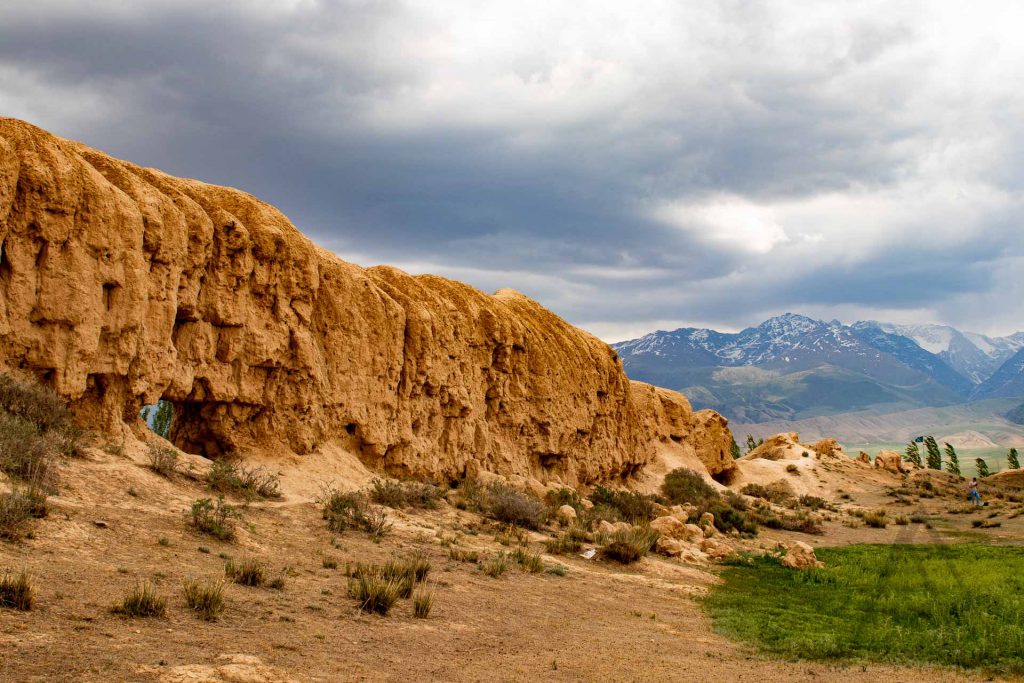

The location of the fortress and settlement was chosen in order to be able to guard the whole plateau and the traffic going through this route of the Silk Road. The position by the Kara-Koyun River at the foot of the nearby mountain range opened it’s defenders a great opportunity to survey everything that was happening around and especially to spot the possible approaching enemy.
Excavations have shown remains of buildings inside the walls that were used for living and manufacturing and Koshoy Korgon has been identified being the often mentioned medieval city of At-Bash, which primarily functioned in the 9 – 12th centuries AD, but was also live during the later Timur‘s times.
Koshoy Korgon museum
There is a local historical museum next to the ruins which collects the findings from the site including household items, weapons, clothing and so on. The museum is privately funded by a businessman who was born in Kara Suu and wanted to prevent the robbing and illegal excavations of Koshoi Korgon.
The keeper of the museum will gladly tell more about the site but unfortunately only in Russian or Kyrgyz and there are several interesting artifacts and maps in the museum. The successful archaeological campaigns in the fortress have continued and are still ongoing. Enlisting this site as a a historical monument to the UNESCO World Heritage List is in progress.
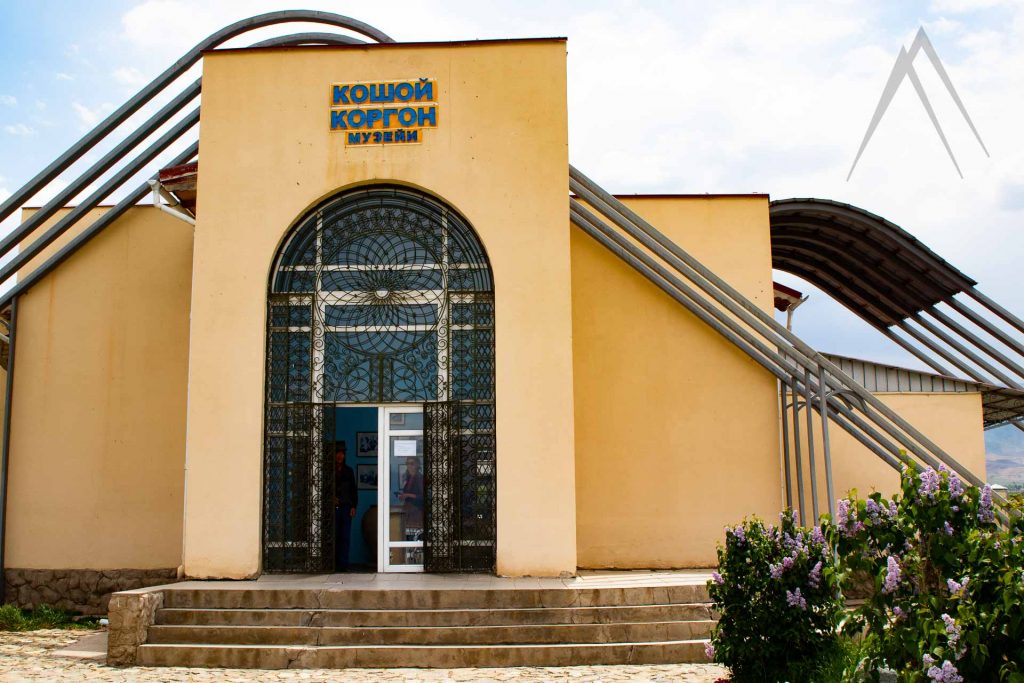
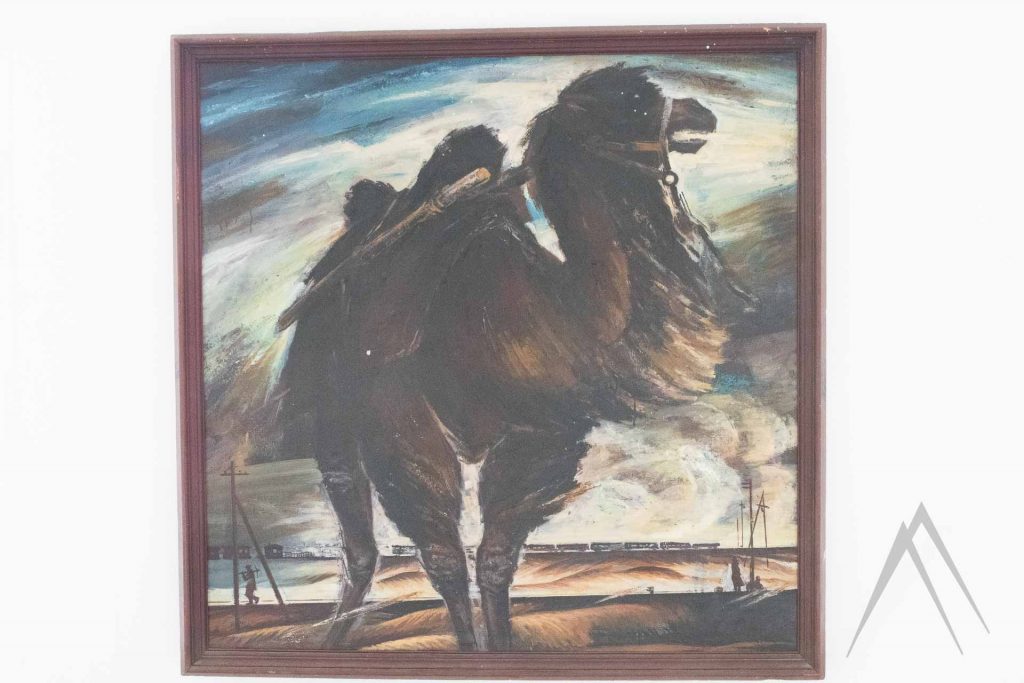
Legend about Koshoi
Legend says that Koshoy was one of the closest fighters of the hero Manas. An enthusiastic friend and uncle, Manas’s chief adviser and leader of the Katagan clan. He lived around the 7th-8th centuries and in all versions of the epic was the wisest and just old man who could сonfront Manas. He was tall, well-shaped by his age, but a bit overweight, strong and courageous, wore a long grey beard and mustache and shaved his head. Koshoy first met with Manas when he was 80 years old.
According to another legend, Koshoy ordered the construction of a military fortress (Koshon Korgon) to protect the newly found lands and the local population from attacks by Chinese as well as other enemies and groups of robbers.
Koshoi Korgon fortress structure
Most of the fortresses in different parts of the world (Japan, Asia, Europe) were built on very similar principles and had many common structural features, which allowed restorers to more accurately construct the visualization of the fortress which can be now observed in the museum. In plain the fortress was a structure in the form of a rectangle with sides of 245 x 250 meters and several towers in the wall.
The walls of the fortress were built of large clay and inguinal blocks (rammed clay), which has great strength. The height of the walls reached 10 meters, and the thickness was between 3 – 8 meters depending on the height. 50 circular or rectangular towers were also placed along the perimeter of the wall in long straight sections and the corners. There are still intact gates visible in several parts of the wall.
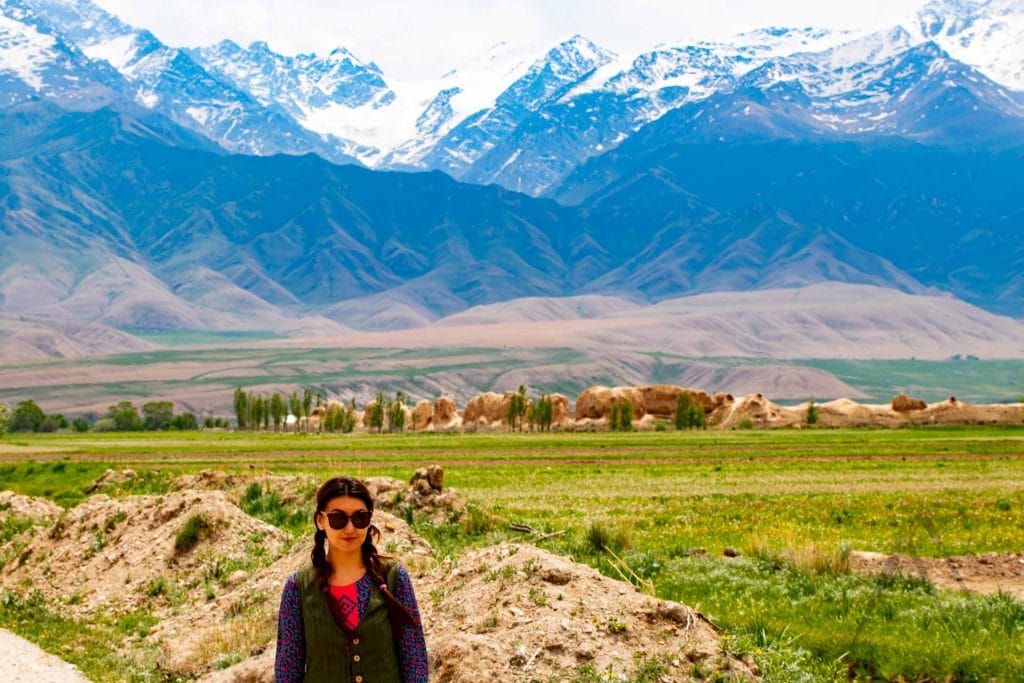
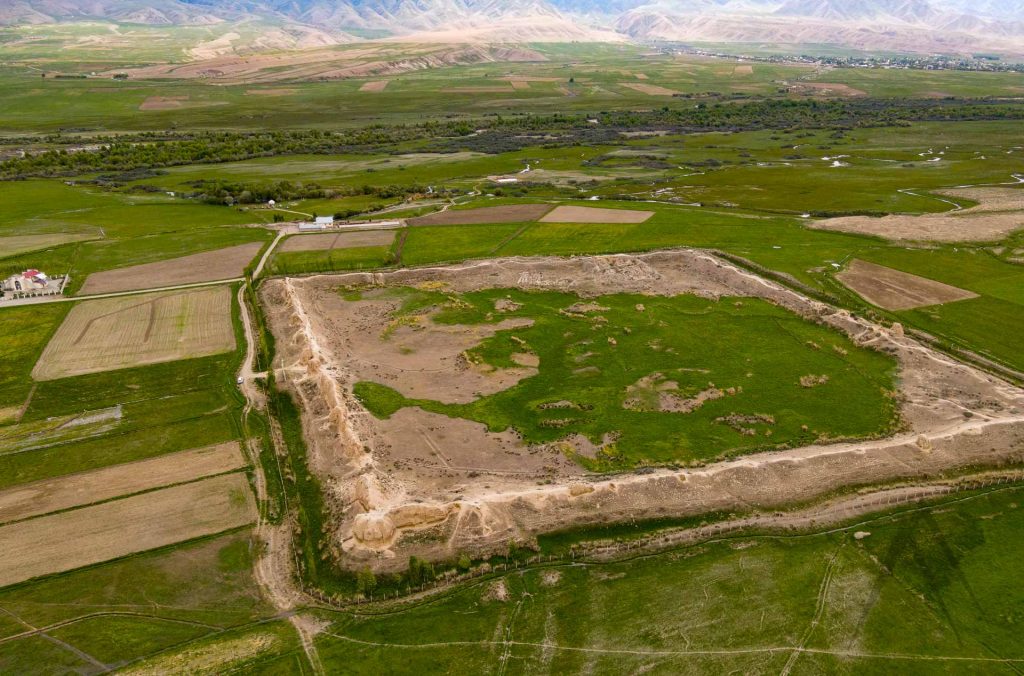
The towers were intended for observation, providing longitudinal shelling of the fortress wall, protecting the gates and of course also served in for providing shelter for the defenders of the fortress.
An additional protective device for the rampart was a ditch up to 11-14 meters wide, up to three meters deep and filled with water from a nearby source. The place for protection and defense was chosen quite well and for 29 years the walls of the fortress stubbornly defended against the many attacks of enemies.
For a long time the Koshoy Korgon fortress protected its people, however troubled times reached the fortress when it shuddered from the raids of the nomads. After the raids, there was a relatively calm period and numerous loaded caravans again started to pass along the trade routes.
However, At Bashi (Koshoi Korgon) was finally captured and destroyed by the Mongol attackers not so long afterwards. The history is silent about the circumstances of the final fall of the stronghold but according to some unconfirmed reports, exactly one hundred years later, the city was again rebuilt by Amir Temur (Tamerlane (1336-1405) – the great Central Asian (Uzbek) ruler, commander and conqueror) and served as a transshipment point for his army in campaigns to the east against China.
Travel to Koshoy Korgon
Koshoy Korgon is situated in about 2 km southeast from the Kara-Suu village. The citadel is reached by turning left after Kara-Suu mosques and war memorial and then continuing to the end of the road, where the ruins are found in a field to the right where farmers are farming just around it. Koshoy Korgon is a nice extra stop on the way to Chatyr Kul, Kel Suu or Tash Rabat.
Sights & Destinations near Koshoi Korgon
Page updated 12.7.2021